When it comes to strengthening our upper body, we tend to think that using weights or machines are the only way to go. But this upper-body circuit workout proves that you can work your way to stronger arms, shoulders, back, and chest with just a resistance band.
The beauty of using a resistance band is that it allows you to create constant tension throughout the entire exercise—and more time under tension means more strength and muscle gains, NASM-certified personal trainer Tatiana Scott, CPT, founder of Fit With Curves, tells SELF.
“When using resistance bands, you not only have resistance when you’re contracting the muscle, but you also have resistance as you’re lengthening the muscle,” says Scott. “So in other words, you have resistance during the full range of motion.” This means your muscles are working hard in both the concentric and eccentric portions of the move.
This upper-body circuit workout created by Scott targets the front and back deltoids (shoulders), biceps, triceps, pectorals (chest), and trapezius (upper back) muscles through a combination of compound and isolation exercises. For example, the standing chest press in this workout recruits your pectorals and triceps, as well as your erector spinae, rotator cuff, and transverse abdominis (your deep core muscles), says Scott, while the triceps extension isolates those back-of-arm triceps muscles.
This resistance band workout is programmed as a circuit, meaning you’re moving from one exercise to the next with minimal rest between sets, which makes it ideal if you want to get a lot of work done in not a lot of time, says Scott. It’s especially smart programming for this workout, since it uses push-pull movements that work opposing muscle groups. That means you avoid overtaxing one muscle group but you still get to keep working.
“It’s also important to incorporate both vertical and horizontal movement patterns to work the upper body in different directions,” says Scott. That’s because moving your body in only one movement pattern creates poor range of motion, which can cause muscle imbalances, pain and injury, according to the National Academy of Sports Medicine (NASM).
For this workout, you’ll aim to do 15 to 20 reps per exercise, so you’ll want to choose a resistance band that’s challenging enough to do the moves with proper form. “It should be difficult to get to the last rep,” says Scott.
The high-rep range in this circuit workout is ideal for promoting muscle endurance. Because your muscles are working against resistance for a longer period of time, it trains them to become more aerobically efficient, according to the American Council on Exercise. Building muscle endurance is important whether you want to run a marathon or carry heavy groceries over flights of stairs.
As for choosing the right resistance band? Generally speaking, thinner bands have less resistance, while thicker bands have more resistance. To see which level of resistance works best for you, you may want to try out a variety of bands to find one that’s moderately challenging—you want to make sure you’re really working hard during the last two reps.
The Workout
What you’ll need: You’ll need a resistance band with handles or a large looped band. You may want different resistances for certain moves—for instance, lighter resistance for the isolation moves and heavier resistance for the compound exercises.
The Exercises
- Bent-over row
- Overhead press
- Overhead triceps extension
- Standing chest press
- Biceps curl
- Seated row
Directions
- Perform 15–20 reps for each exercise. Try not to rest between exercises. (Of course, if you feel your form faltering, take some time as needed to reset.) Rest for at least 30 seconds after all six exercises are done.
- Complete the circuit four times total.
Demoing the moves below are Rosimer Suarez (GIFs 1 and 5), a special education teacher from New York City; Hejira Nitoto (GIFs 2–3, 6) a mom of six and a certified personal trainer and fitness apparel line owner based in Los Angeles; and Saneeta Harris (GIF 4), a blogger, SFG Level 1 certified kettlebell trainer, and the founder of @NaturalHairGirlsWhoLift
-
Pinterest
Katie Thompson1 Bent-Over Row
- Stand with both feet on a resistance band, about hip-width apart. Hold one end in each hand by your sides, palms facing in toward each other. Bend your knees slightly and hinge forward at the hips, keeping your back flat, arms straight, and hands under your shoulders.
- Bend your elbows to pull the band toward your chest, keeping your elbows close to your body (they should skim your sides).
- Slowly straighten your arms and lower your hands back to the starting position. This is 1 rep.
- Complete 15–20 reps.
The bent-over row primarily targets the latissimus dorsi and rhomboids, says Scott. These muscles run under your armpit and down the sides of your back as well as in the middle of your back. When performing the bent-over row, make sure you hinge forward at your hips and that your shoulders are down and back, chest is lifted, and your abs are tight—you should feel your shoulder blades squeeze together as you pull. “Pull toward your belly button and not your chest,” says Scott.
-
Pinterest
Meiko Arquillos2 Overhead Press
- Stand with your feet hip-width apart, your feet holding down a resistance band. Hold an end of the band in each hand at your shoulders, palms facing out.
- Extend your arms straight above your head. Make sure to keep your back straight and avoid arching.
- Bring the band back down to rest on your collarbone. This is 1 rep.
- Complete 15–20 reps.
The overhead press is an important compound push exercise to incorporate into your upper-body routine because it targets your shoulders, chest, triceps, and traps in one move, says Scott. Bring your hands wider apart to allow for greater mobility.
-
Pinterest
Meiko Arquillos3 Overhead Triceps Extension
- Stand with your feet close together holding down a resistance band.
- Hold an end of the band in each hand behind your head, with the band running behind your body.Your elbows should remain close to your ears, your palms facing each other, and the knuckles on both hands touching. This is starting position.
- Without moving your upper arms, straighten your elbows and extend your arms directly overhead. Try not to let your elbows flare out. Keep your shoulders down and your core tight.
- Pause for a second, and then slowly lower the band behind your head. This is 1 rep.
- Complete 15–20 reps.
Strengthening your triceps, as with this isolation move, is important to prevent muscle imbalances in your arms, as many people tend to focus only on the biceps (the muscle in front of the upper arm). Strong triceps also provide more power in your compound push movements, such as push-ups and chest presses.
-
Pinterest
Katie Thompson4 Standing Chest Press
- Stand with your feet together, core engaged; hold an end of the resistance band in each hand and loop the band across your back.
- Now take a step forward with your left foot so you are in a staggered stance. You may find this position easier if you widen your stance.
- With your hands held at your ribcage, and the band stretched across the midline of your back, push both hands forward, fully extending your arms at chest height.
- You should be using your back as resistance, so stand straight, and resist the urge to tip forward as the band stretches against your back.
- Pull your arms back to your ribcage. This is 1 rep.
- Complete 15–20 reps.
The standing chest press not only strengthens your pectorals, but also targets your stabilizing muscles, such as your erector spinae and transverse abdominis.
-
Pinterest
Katie Thompson5 Biceps Curl
- Stand with both feet on a resistance band. Hold one end in each hand, arms extended, palms facing forward.
- Slowly curl your hands up toward your shoulders, squeezing your biceps. Keep your elbows tight to the sides of your body.
- Slowly lower your hands back to the starting position. This is 1 rep.
- Complete 15–20 reps.
To ensure you’re maintaining tension throughout this isolation move, you want to perform the movement slowly and with control, says Scott. “Your elbows should be fixed to your body,” says Scott. To make the biceps curl even more challenging, you can decrease your range of motion by not allowing your forearm to extend all the way down. You should feel constant tension on the band as you lengthen the muscle.
Most Popular
- 5 Less Obvious Signs of Seasonal Depression You Should Definitely Pay Attention To
By Maggie O’Neill
- 42 Creative Valentine’s Day Gifts for Guys
By Sarah Madaus
- Just Some Fun Sex Toys You and Your Partner Will Love
By Gabrielle Kassel
-
Pinterest
Meiko Arquillos6 Seated Row
- Sit on the floor with your legs long, and press the soles of your feet into the middle of your resistance band.
- Grab each end of the band, palms facing each other, knees just slightly bent. Keeping your back straight, pull the band to your lower abs, keeping your elbows close to your sides.
- As your arms come to a 90-degree angle, squeeze your shoulder blades together and then reverse direction, slowly returning to the start position. This is 1 rep.
- Continue for 15–20 reps.
The seated row targets a bunch of back muscles, including your rhomboids, erector spinae, trapezius, and latissimus dorsi. You’ll also activate your biceps and teres major, also known as the “little lat,” which is responsible for shoulder extension and internal rotation.



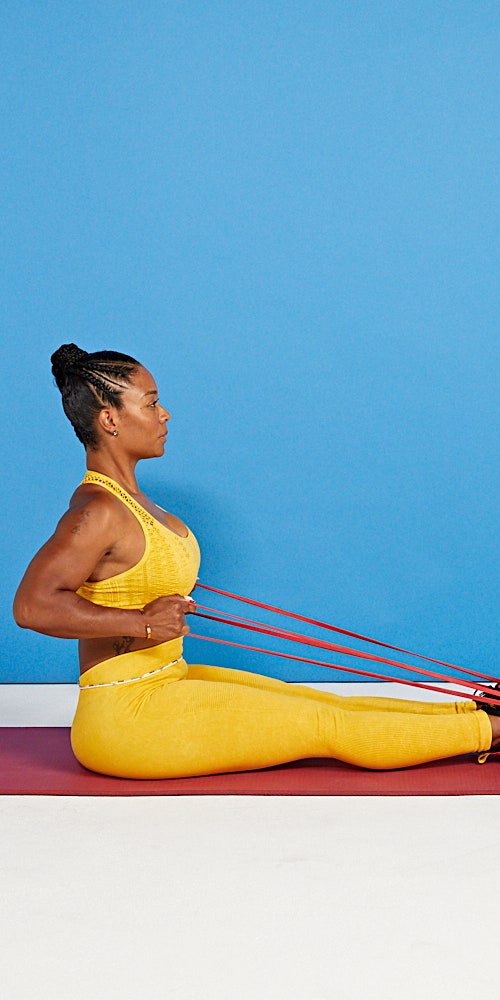
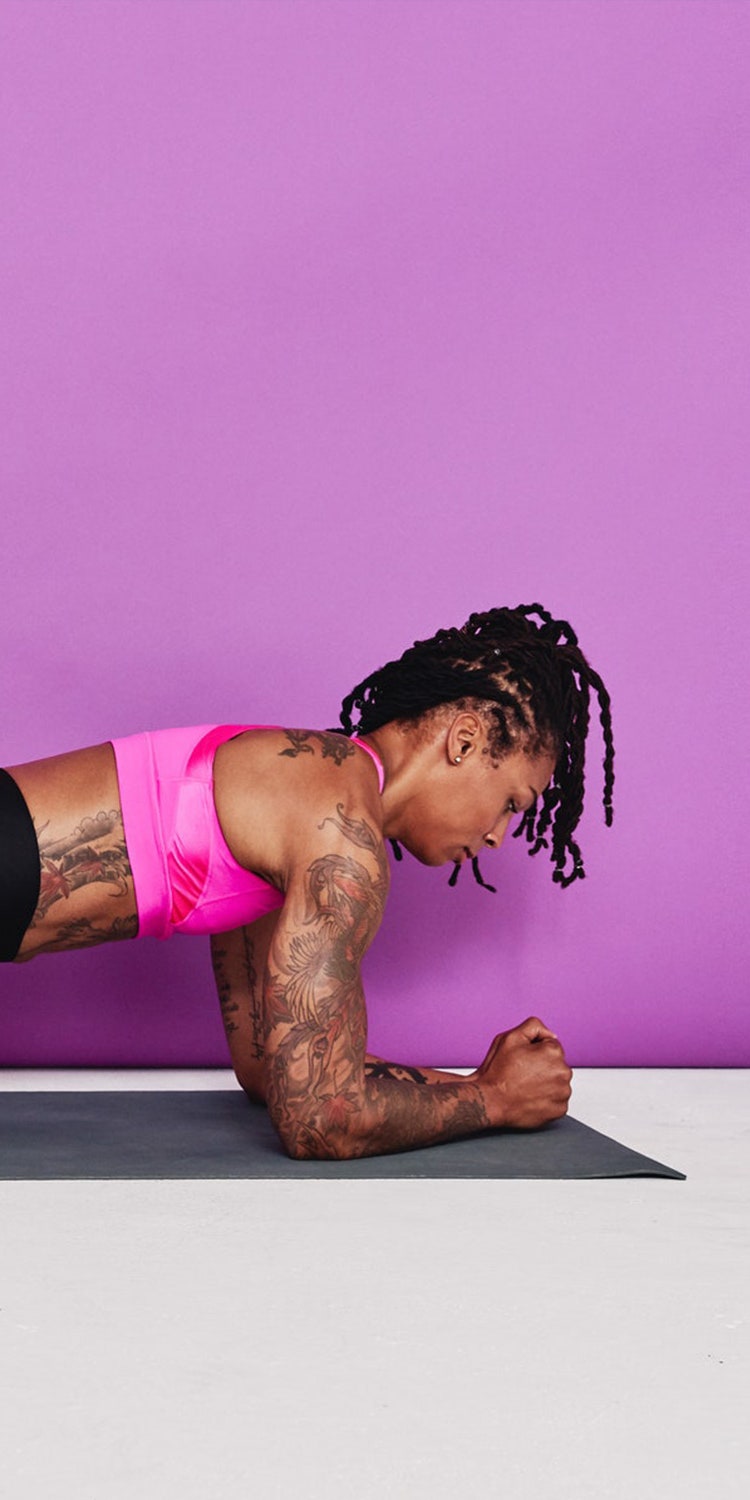
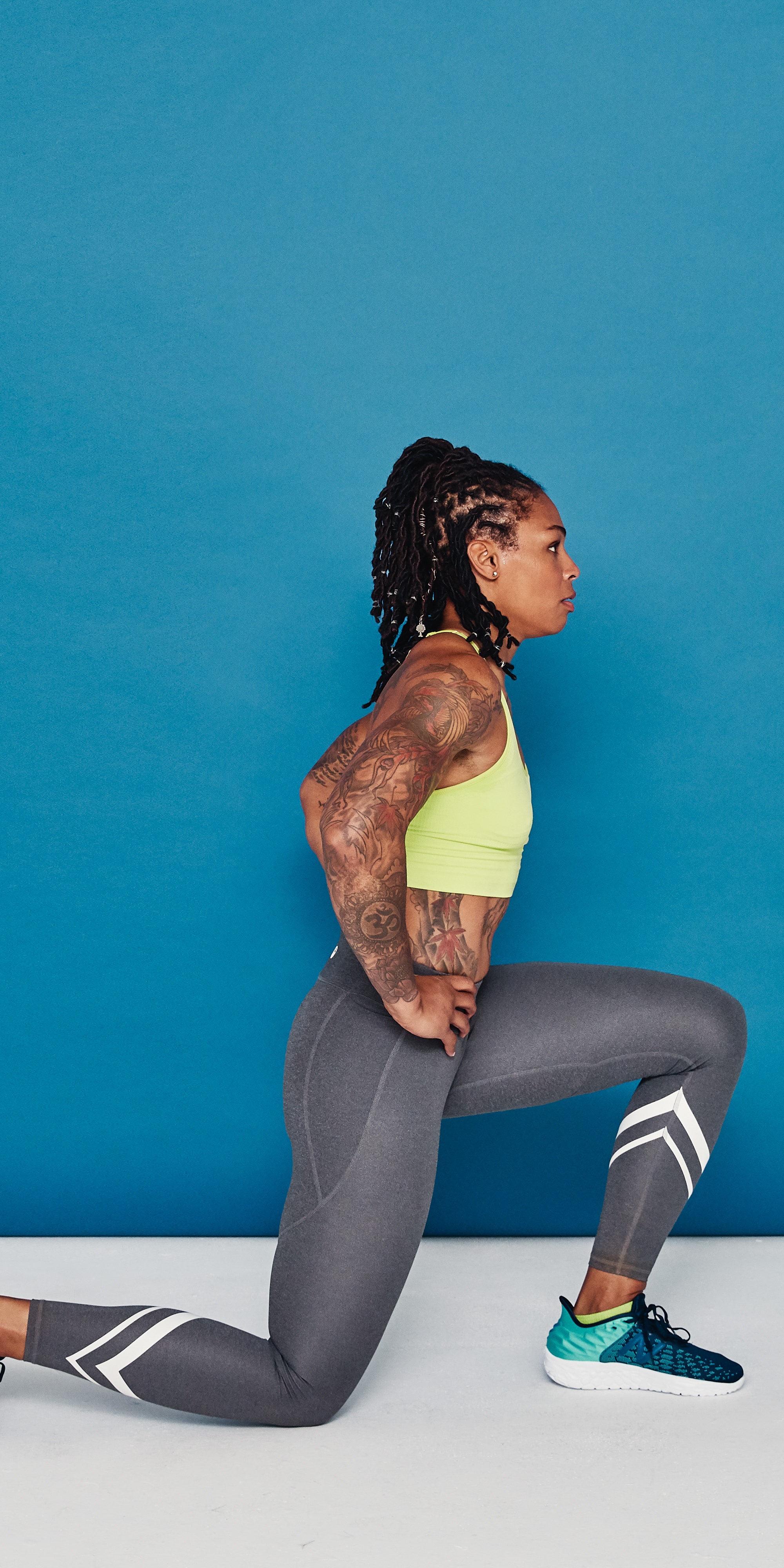
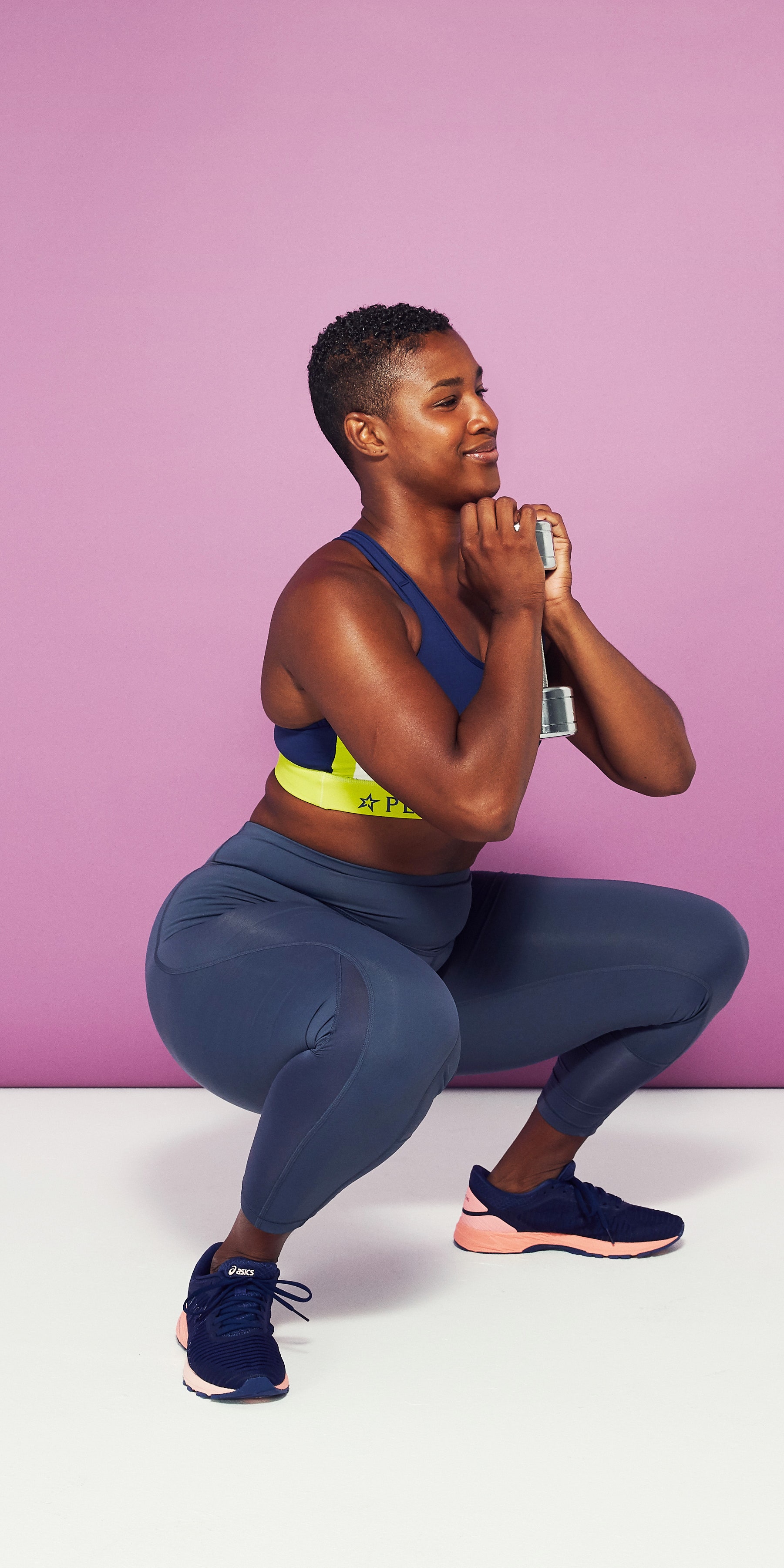
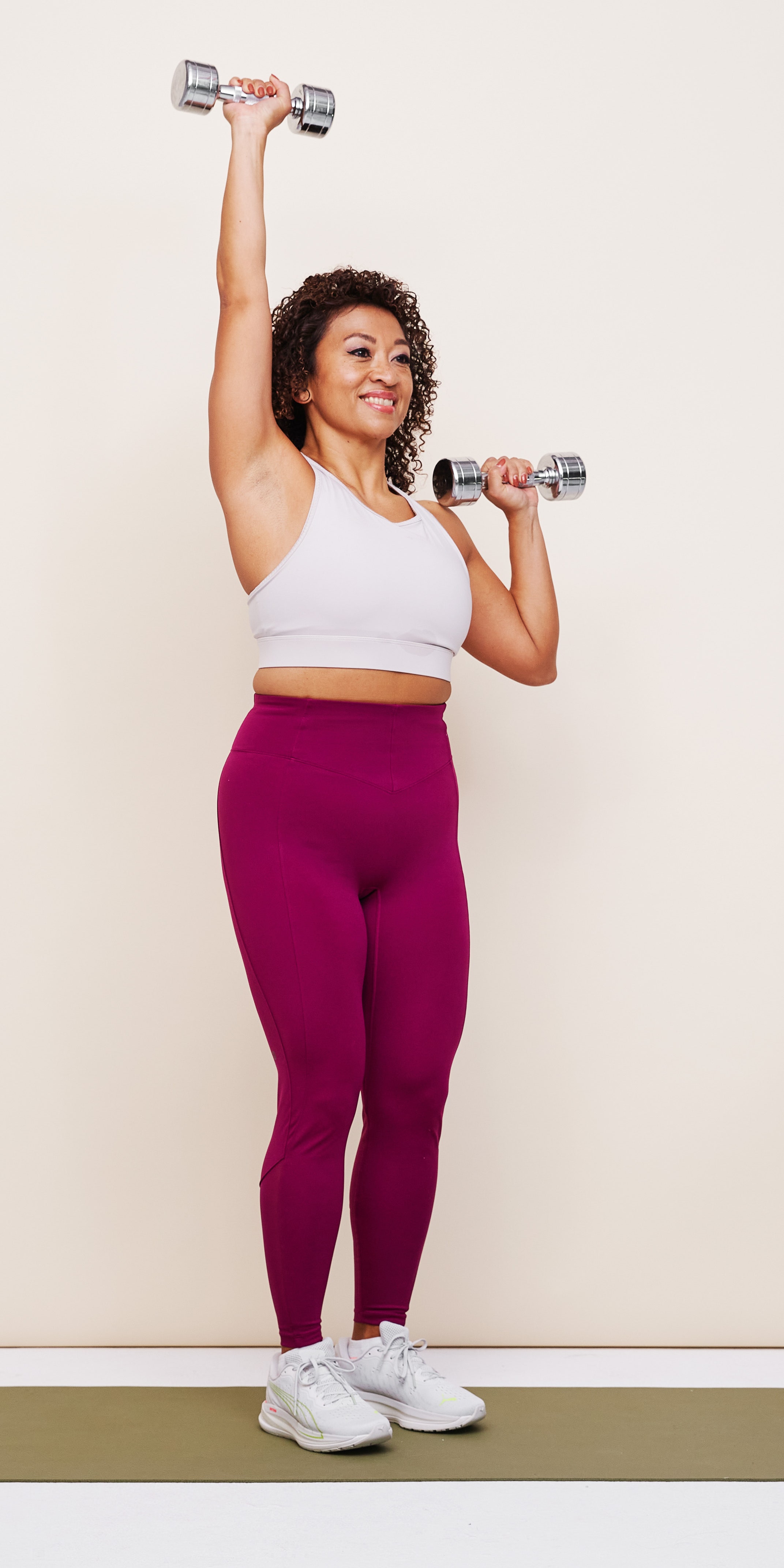
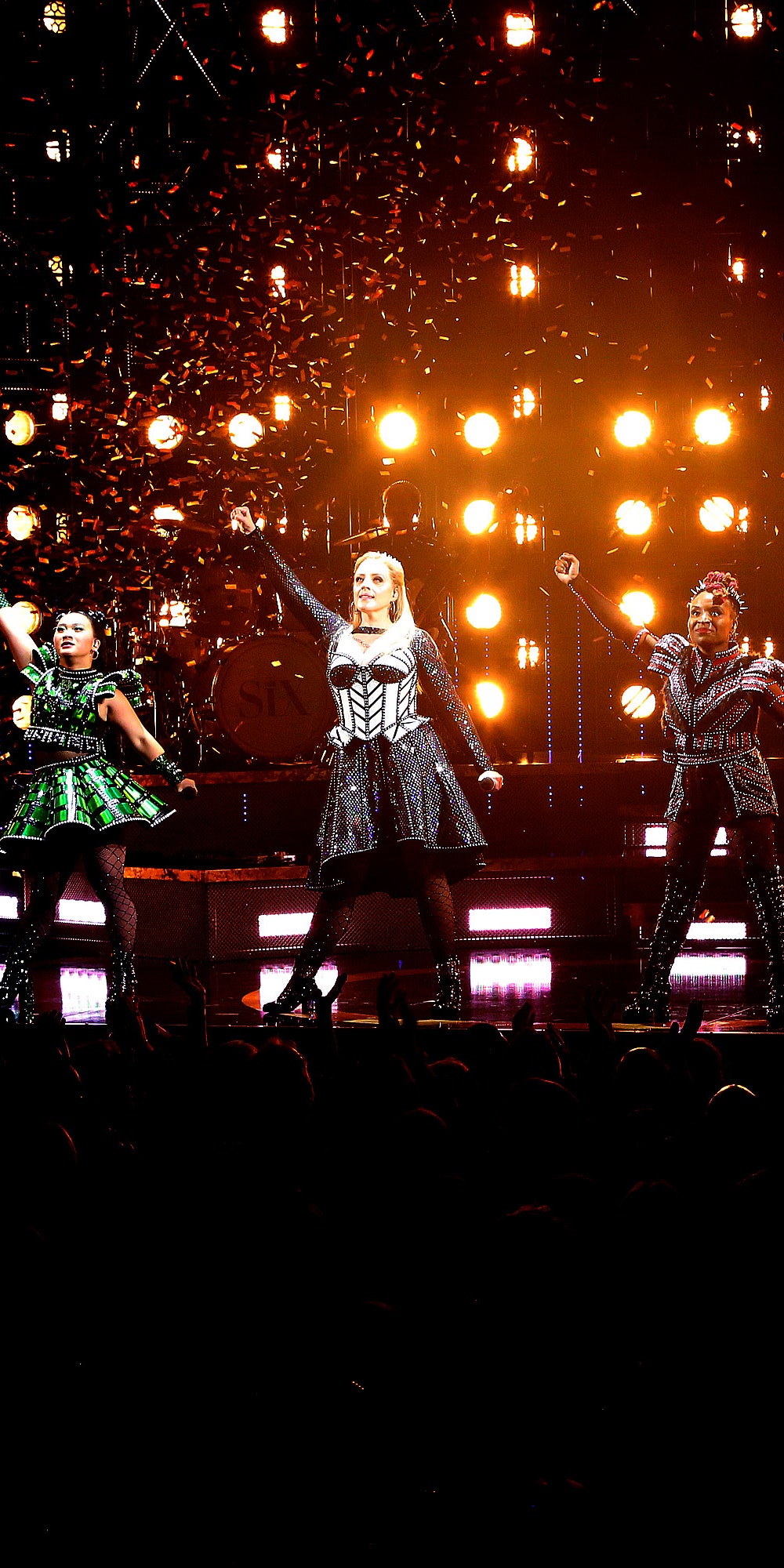
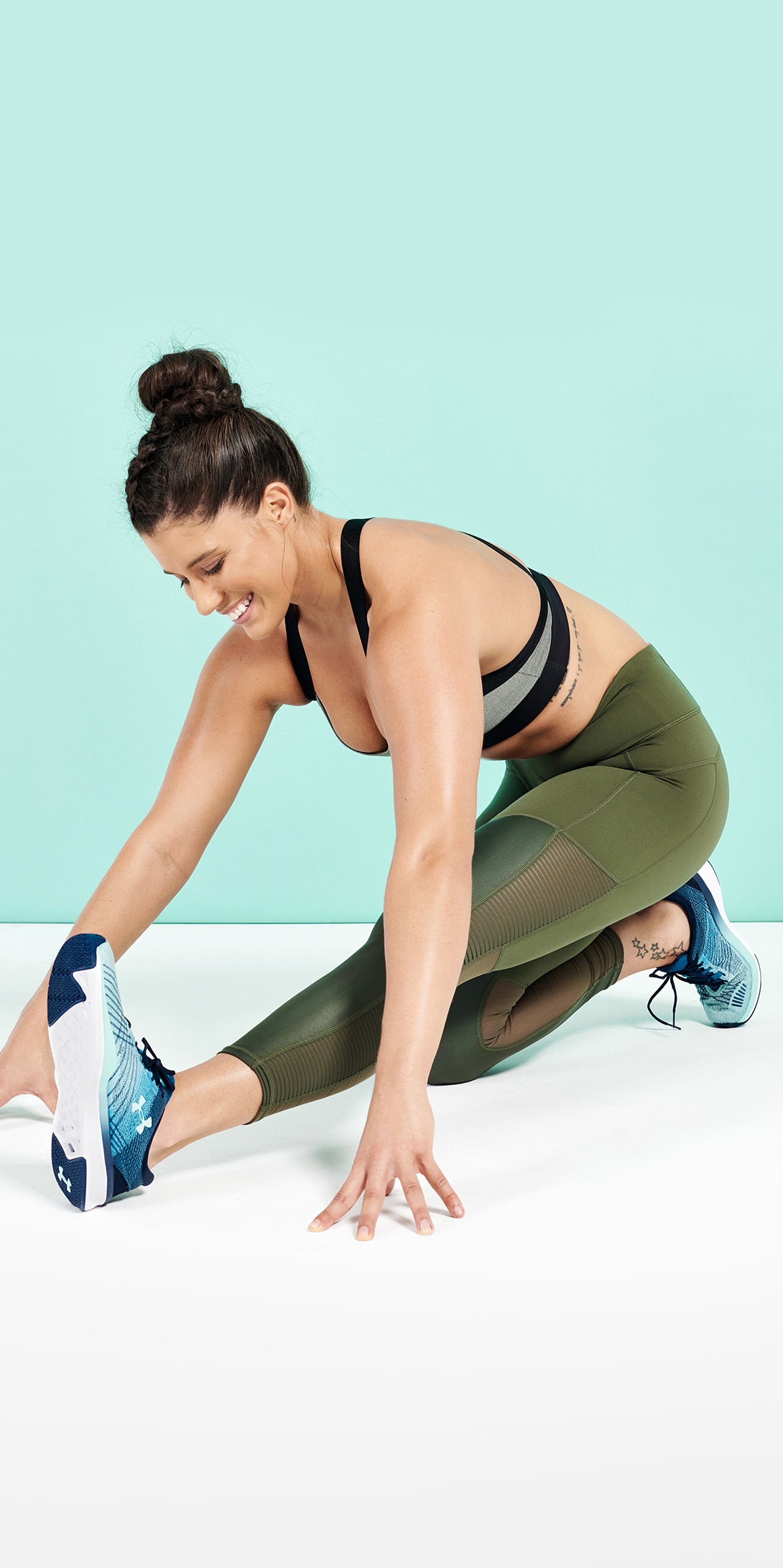
Leave feedback about this